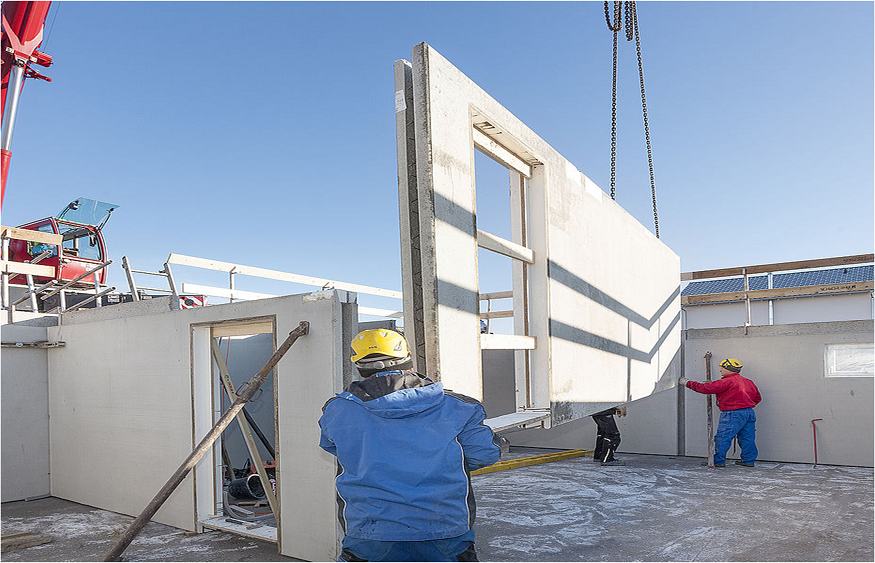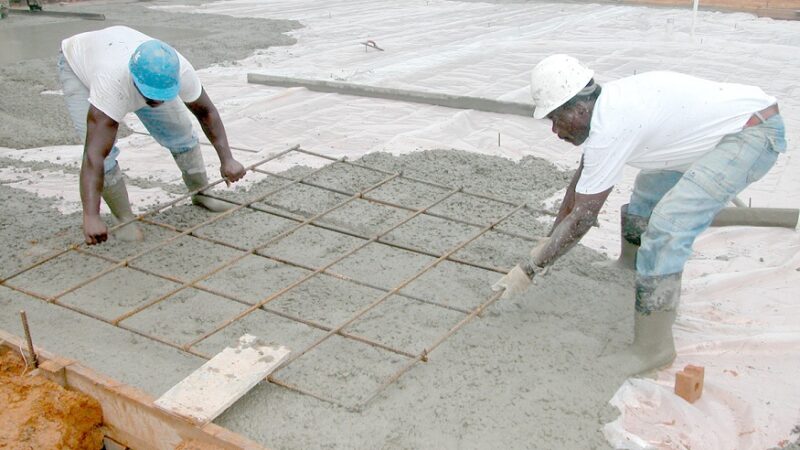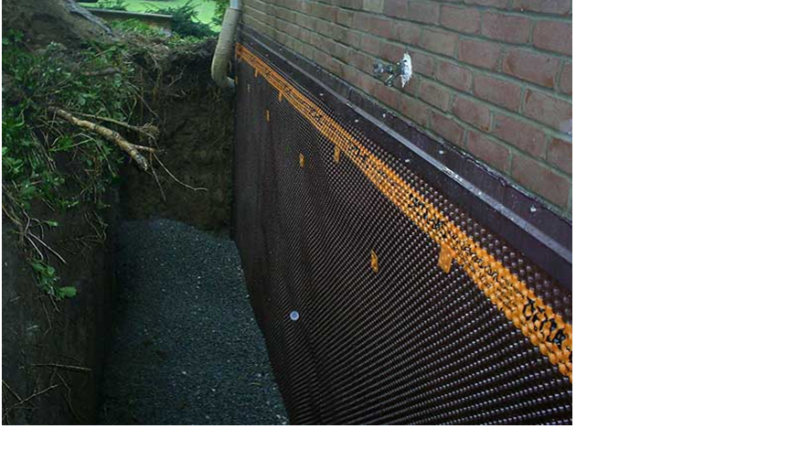Essential Things to Learn About Precast Concrete Parts in Construction

To be in the building and construction industry does not mean that you will simply focus on one’s manual labor because infrastructures and equipment are also advanced. That is why manufacturers do not stop looking for better solutions to improve the quality and strength of a building’s structure. Such a foundation is needed so that contractors and engineers can have a future in major development areas.
There are tons of innovations required when it comes to construction sitesguaranteeing that this building will have a solid groundwork. Every material will be carefully chosen, especially when precast concrete parts are necessary – check out elementa-betonteile.de for details.Let us say that these types of materials are what you prefer so to look for dependable suppliers first and make sure you discuss this with the contractors.
Some people might not find such materials popular, especially when they lack information regarding these fabrications. This is why it is essential to contract experts who can present their project proposals in simple terms. Anyway, you surely have a lot of things to learn when considering this as one of your primary structures.
Precast Concrete
These materials are prepared by casting and curing in factories. Manufacturers are required to use molds where they form combined elements. These can then be used as structural components for wall panels for instance.
Building contractors are now incorporating this with traditional methods.It is also used in various applications, such as making beams, floor slabs, cladding panels, bridge spans, etc.
Advantages
It is an ideal material for housing projects that are usually built as duplex houses. When the architectural designs are identical, precasting walls and floors would be best. That is because connecting them in place would be easier.
Constructing for such purposes would be faster due to some reasons:
- Structuring is built on the ground, instead of height.
- Constructions can be built in an environment-controlled structure; thus, weather issues are eliminated.
- Specialized and customized molds and equipment can be used constantly when the components are the same.
- Since curing was processed under controlled weather, high-quality precasting is anticipated – visit https://de-academic.com/dic.nsf/dewiki/165159 to read more.
Components
Again, concrete is molded under a controlled factory environment. Elements can be combined and prestressed. In this way, performance and strength can be enhanced which will be helpful before sealing during the installation process.
Such concretes are used in interior and exterior walls, frameworks, and other construction tasks. Experts and trained operators can perform this only because it requires skills. Setting up the right facilities would be ideal so that high-quality products will be obtained.
When the units are ready, they will be transported on-site. It will then be ready for construction.
Manufacturing Process

Production is usually under a controlled setting and factories are enclosed as well. This is to guarantee that controlling any form of tolerance is met. At the same time, waste production can be minimized, too.
Forms are cast and cured for a certain period. It could be made of plywood, requiring 20 to 50 castings, and based on complexity while steel materials can be immensely cast.
The elements are properly reinforced and embedded to resist stress loading which may lead to deterioration or corrosion. During this process, the manufacturers may include admixtures, such as accelerators, air retainers, retarders, and water reducers to enhance quality. Color pigments – iron, chrome, or cobalt oxides – check this out; may be added, too.
Preparation for Installation
Installing precast concrete parts can be risky because it involves heavy machine equipment, such as cranes, and at a height. Therefore, even if experts are working on this, their safety when moving and positioning the units must be considered.
They should emphasize the following:
- Order of setting up, method of raising, and providing support
- Connecting structures and joints
- Required handles and ropes
- Delivery, accessibility, and storage
- Crane capacity
- Lifting and clearance when setting up the units
- Accuracy of the measurements
- Inspection of materials
Can precasting be made on-site?
Of course, it is possible, though, you have a few things to consider if precasting will be done on-site. Let me remind you that projects are often contractual so there is a timeframe agreed. Therefore, think thoroughly if you are going to get them directly from a local factory or wait for precast concrete processing completion.
Conducting such processes means that there must be a casting yard available. You needed ample space not only for precasting but storage, too. Necessary materials for the formwork, such as cement, sand, admixtures, water, steel, aggregate, etc. are all parts of the process.
Do not forget other areas for various undertakings, including casting, curing, reinforcement, mixing, and stacking. Can you meet all those demands? If you deal with local providers and their factory is near your site, then there will not be issues with transportation costs.
Elements
A formwork must be durable enough to hold a precast concrete mixture. Doing this requires expertise because most contractors will demand for purposes.These elements could be used for industrial, commercial, or residential constructions.
Therefore, you must determine foundations where they will fit. They could be incorporated as:
- Easy to install footings for a more stable and leveled base.
- Beams for essential cost-efficient flooring solutions that aid in minimizing requirements during excavations.
- Columns will add power and flexibility; thus, a building’s life is prolonged.
- Shear wall panels work both for interior and exterior surfaces, providing added strength, as well as stability.
- Partition provides panels between the wall and ceiling. This will also function as a fire retardant.
Connecting Elements
Again, it requires expertise to connect elements and components. It is because various methods must be integrated into this task. You will be using equipment and machines here, so you must be licensed operators, too.
Elements can be bolted using steel connectors which are embedded during casting, so precision is essential. In this way, there will not be faults in the fitting and foundation.
They can be grouted together; thus, reinforcement loops protrude on its members. Here, the members will be positioned and reinforced by threading the loop. After that, fresh concrete will be poured on the spaces left.






